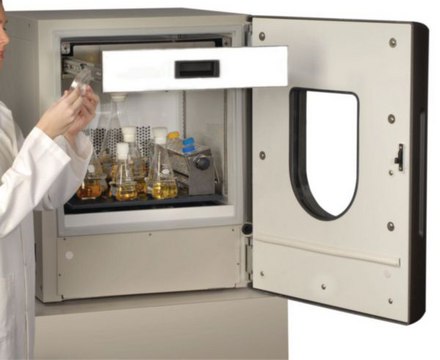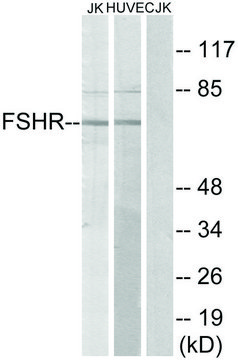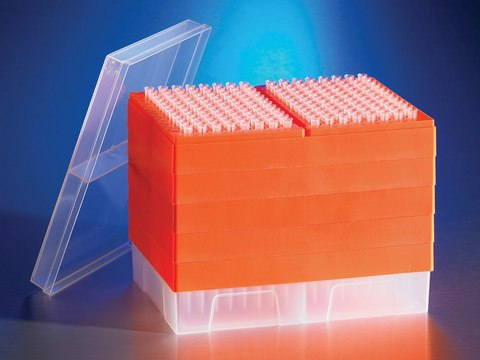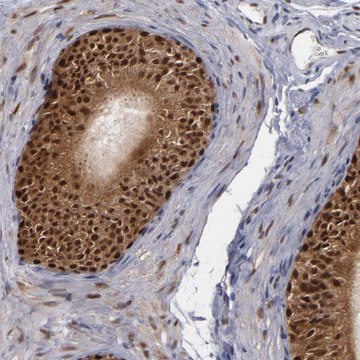F3929
Anti-Follicle-Stimulating Hormone Receptor antibody produced in rabbit
affinity isolated antibody, buffered aqueous solution
Synonym(s):
Anti-FSHR
Sign Into View Organizational & Contract Pricing
Select a Size
All Photos(1)
Select a Size
Change View
About This Item
Recommended Products
biological source
rabbit
Quality Level
conjugate
unconjugated
antibody form
affinity isolated antibody
antibody product type
primary antibodies
clone
polyclonal
form
buffered aqueous solution
species reactivity
human
availability
not available in Japan
technique(s)
immunohistochemistry (formalin-fixed, paraffin-embedded sections): 7-14 μg/mL
General description
Follicle stimulating hormone receptor (FSHR) belongs to the G protein-coupled receptors family and is a glycoprotein. FSHR gene is mapped to human chromosome 2p16.3. FSHR comprises hydrophilic domain, hydrophobic membrane regions, C-terminal extracellular domain, and short intracellular domain.
Immunogen
synthetic peptide coresponding to the N-terminal extracellular domain of human follicle-stimulating hormone receptor, conjugated to KLH. The immunizing peptide has 24% identity and 29% similarity with the mouse gene.
Application
Anti-Follicle-Stimulating Hormone Receptor antibody produced in rabbit has also been used in immunohistochemistry in ovine and reproductive tissues. It has also been used in western blotting.
Biochem/physiol Actions
Follicle stimulating hormone receptor (FSHR) is located on Sertoli cells of the testes and the granulosa cells of ovary. The pituitary glycoprotein hormone, FSH, binds to FSHR and regulates the function of gonads and overall fertility. In Sertoli cells, FSHR-mediated cell proliferation determines the spermatogenic output. In ovarian granulosa cells, FSHR signaling mediates follicular growth and maturation of oocytes. Polymorphisms in the FSHR is implicated in premature ovarian insufficiency.
Physical form
Solution in phosphate buffered saline containing 0.1% sodium azide.
Disclaimer
Unless otherwise stated in our catalog or other company documentation accompanying the product(s), our products are intended for research use only and are not to be used for any other purpose, which includes but is not limited to, unauthorized commercial uses, in vitro diagnostic uses, ex vivo or in vivo therapeutic uses or any type of consumption or application to humans or animals.
Not finding the right product?
Try our Product Selector Tool.
Storage Class
10 - Combustible liquids
wgk_germany
nwg
flash_point_f
Not applicable
flash_point_c
Not applicable
Choose from one of the most recent versions:
Already Own This Product?
Find documentation for the products that you have recently purchased in the Document Library.
Our team of scientists has experience in all areas of research including Life Science, Material Science, Chemical Synthesis, Chromatography, Analytical and many others.
Contact Technical Service








